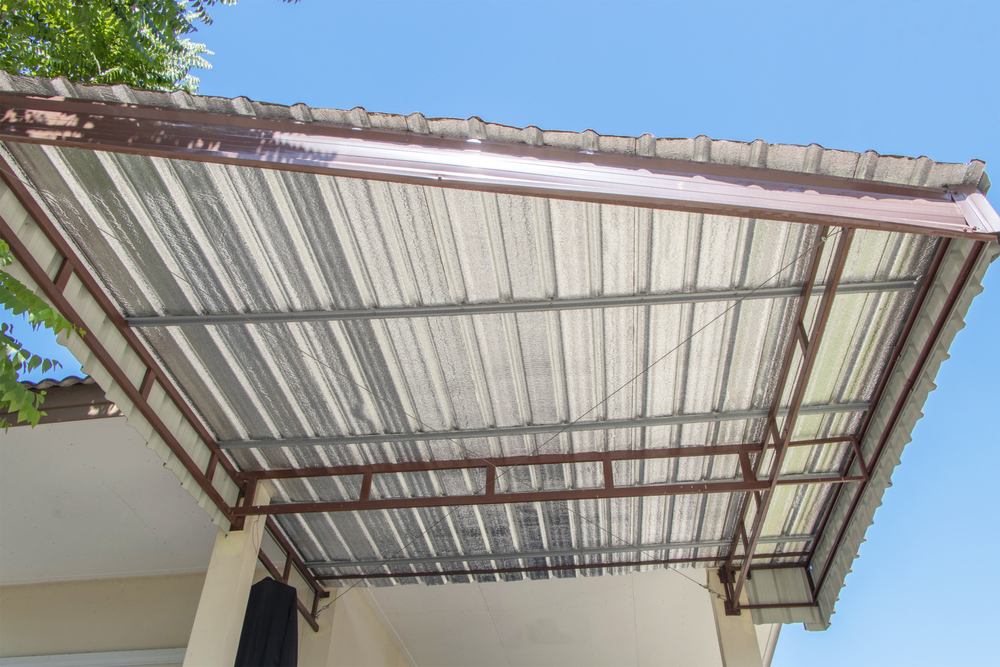
Summer is here, and car enthusiasts are outside enjoying the warm weather with their exotic rides. However, at night, with the temperature starting to drop, is there a need to worry about metal carports getting too hot?
Let us take a look at why a metal carport may become too hot and what you can do to prevent this from happening.
Thermodynamics
Buildings lose a lot of air to the exterior while it’s hot outside. During the heat, cooler air is continually exciting. Furthermore, when your building loses cold air, an equal volume of hot air enters your home to replace the air that has been lost. This is how thermodynamics works.
To put it another way, heat seeks balance by moving from hot to cold until everything is at the same temperature.
Heat will continue to find a way into cooler locations until it is neutralized.
The three basic ways heat “moves” into your colder home are listed below:
Heat travels from the hot to the cold side by conduction. The heat is transferred through direct touch. To put it another way, your hot roof transports heat to your hot attic.
Convection occurs when hot air rises, making your attic much hotter than the rest of your home.
When the sun’s rays blister your roof and walls, it is called radiation.
Your interior can become uncomfortable if enough heat is directed toward the cool location.
Insulation

Insulation is not simply utilized to keep a structure warm throughout the winter. It is also an efficient means of cooling older and younger structures. Insulation functions as a barrier to prevent hot air from entering a building.
Insulating a building’s frame is one of the most cost-effective techniques to cut heating and cooling expenses. The majority of heat gain and heat loss takes place in the attic. Consequently, it is essential to prioritize attic insulation.
Consultation with an expert is essential, given that climate, building type, and building usage affect the insulation needs of structures. Make careful to search for insulation with a minimum 6- to 10-year warranty. When the insulation’s warranty time expires, you should always replace or renovate it with a fresh layer.
Apply a Cool Coating
Dark colors, as we all know, draw more sunlight than lighter ones. This notion can be used in building design to assist reduce heat. It is beneficial to use lighter, more reflecting paint colors and coatings on your metal structure. The following are some pre-engineered elements to think about:
- Roof
- Cladding
- Exterior Walls
- Panels
Landscaping
Effective landscaping can significantly aid in the daytime cooling of a home. You can shade the west- and south-facing walls and windows of your structure by planting trees and bushes, significantly reducing the surface temperature. Roofs are shielded from the summer sun by trees. Planting shrubs and vines on walls might help to keep them cool. Leave some distance between the plants and the house, as this will avoid moisture buildup if there is an issue with humidity.
Mulch is an additional beneficial component for keeping the ground cool, as it stops the ground from absorbing heat. Not to mention its excellent water-saving capabilities.
